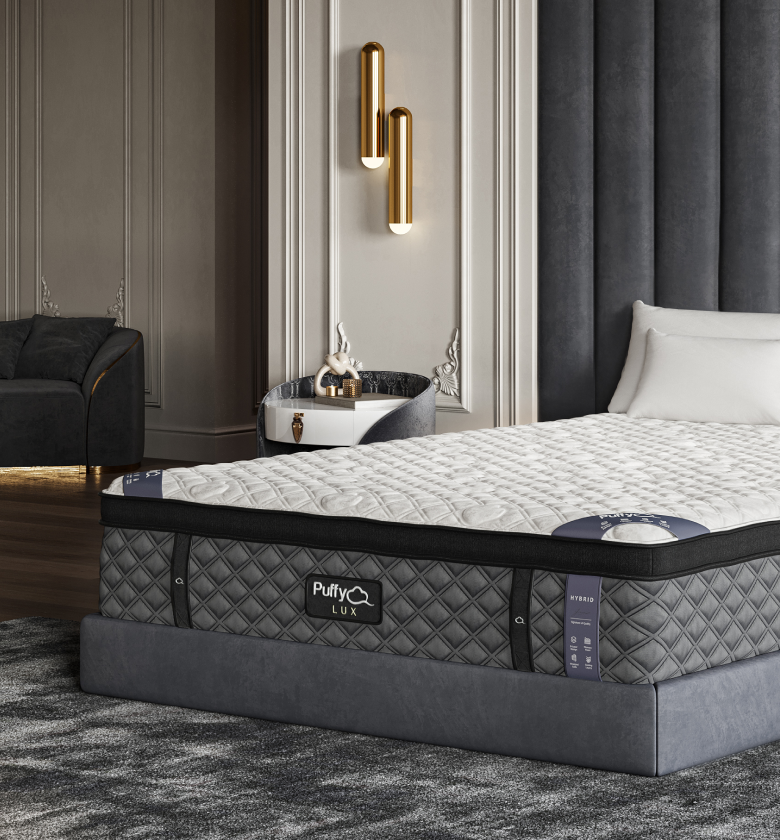In the ever-evolving world of sleep comfort, memory foam mattresses have steadily become household favorites. Renowned for their pressure-relieving abilities, they can, however, sometimes be a tad firm for some. If you've ever found yourself yearning for a plushier sleep surface, this guide will walk you through the nuances and tips of softening that memory foam goodness.
How to Soften a Memory Foam Mattress
Before diving into the deep end, it's crucial to understand that softening a mattress is both an art and a science. Here’s how you can achieve it:
- Temperature Play: Memory foam is temperature sensitive. A warmer room might make your mattress feel softer. Consider adjusting the room temperature or using a heated blanket to make the foam plusher.
- Mattress Toppers: These are lifesavers. Opt for a soft topper, preferably one made from down or softer foam, and place it over your memory foam mattress.
- Break it In: Just like a new pair of shoes, sometimes all your mattress needs is some time. Walk on it gently for a few minutes daily, or just sleep on it. Over time, it'll naturally soften.
- Rotate and Flip: Memory foam mattresses, especially those that are dual-sided, can benefit from regular rotation and flipping. This can help even out wear and might expose a softer side.
Will Memory Foam Mattress Get Softer Over Time?
The answer is, predominantly, yes. As you continue to sleep on your memory foam mattress, the cells within the foam structure begin to break down, making it feel softer. However, factors like the mattress's density, the room's temperature, and the weight exerted on it can affect the softening process. Most mattresses will feel the most change in their initial months of use. If you're a new owner, a little patience might just reward you with that desired plushness.
Factors Affecting the Firmness of Your Mattress
- Mattress Density: Higher density foams tend to be firmer. They have more foam material and less air, making them more resistant to compression.
- Room Temperature: As mentioned earlier, memory foam is temperature-sensitive. A colder room can make your mattress feel firmer, while a warmer one can soften it up.
- Usage: The more a mattress is used, the softer it tends to become. Regular use will help break in the mattress faster.
- Base/Foundation: The foundation your mattress sits on can influence its firmness. A flexible foundation, like a slatted bed frame, can make the mattress feel softer compared to a solid platform base.
Check out Puffy mattress reviews from real customers and see how we compare with other brands.
Common Myths about Memory Foam Softness
- "The Thicker the Mattress, the Softer It Is": Thickness doesn't always correlate with softness. It's the composition and layer distribution within the mattress that determine its feel.
- "Memory Foam Only Softens in Summer": While warmer temperatures do make memory foam more pliable, even in colder seasons, with the right room heating, you can achieve a softer mattress feel.
- "Softening Memory Foam Reduces Its Lifespan": When done correctly, softening methods, especially natural ones like breaking in, don't necessarily reduce the mattress's lifespan.
Conclusion: Embrace the Soft Side of Sleep
Achieving that dreamy, cloud-like softness on your memory foam mattress is not an elusive goal. With a mix of patience, informed choices, and the right techniques, you can drift into the realms of plush comfort night after night.
Use our store locator to find the closest furniture or mattress store near you and feel the cloudlike comfort of our Puffy Mattress in person.
Always remember, the key lies in understanding your mattress, your preferences, and the myriad ways the two interact. Sleep soft and sleep right!

- Award-Winning Comfort
- Lifetime Warranty
- 101-Night Sleep Trial
- Free Shipping in 1 - 2 Days
- Assembled in USA












